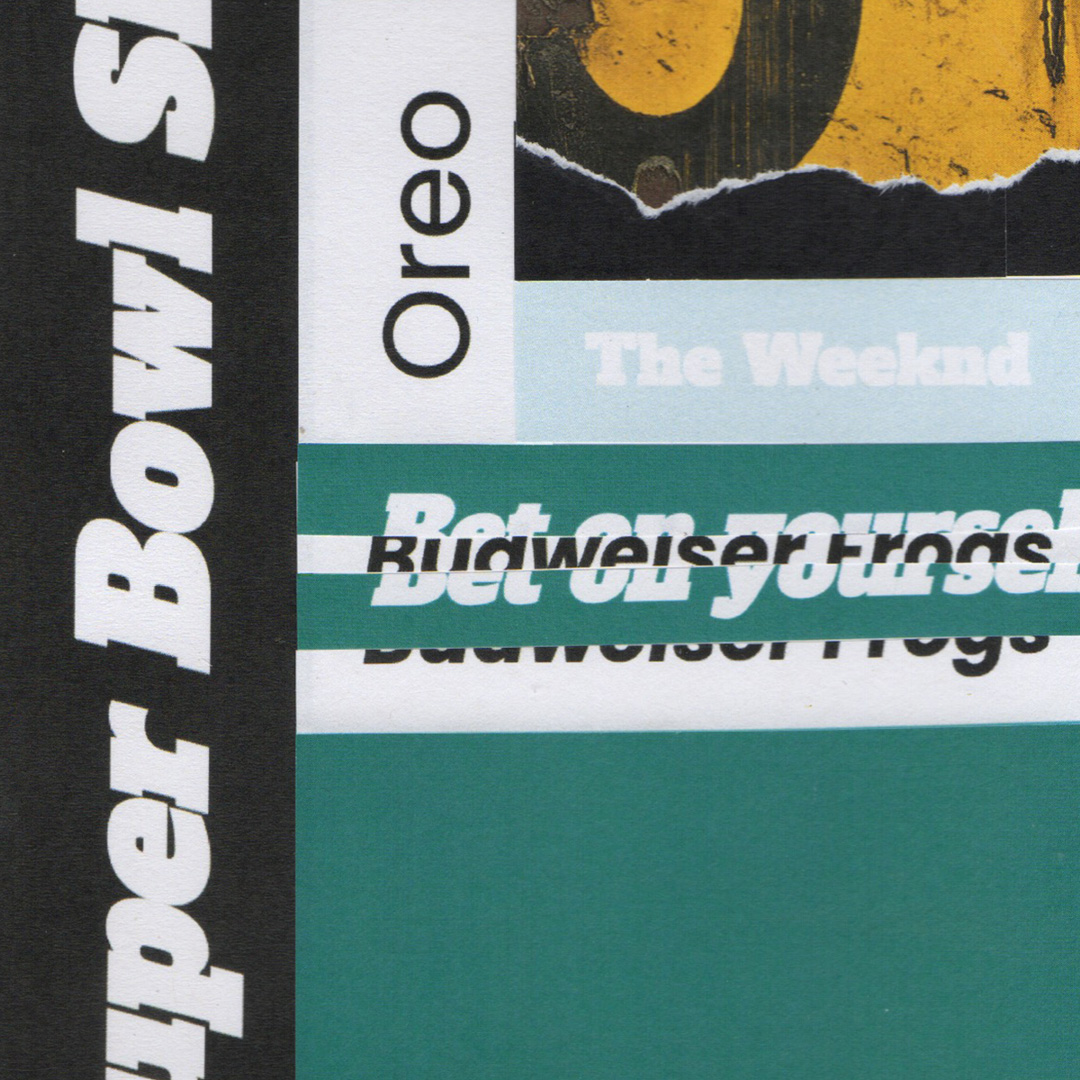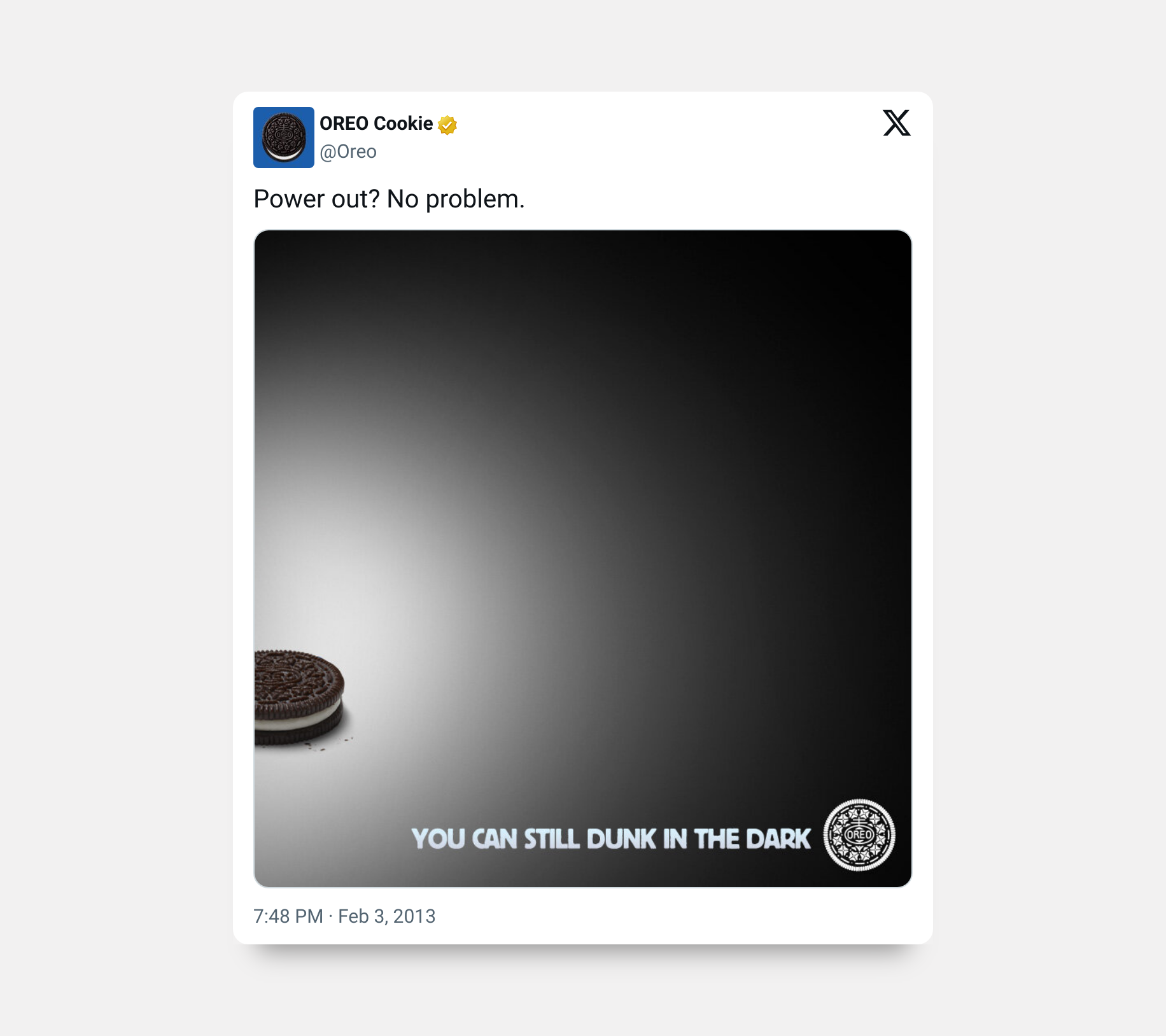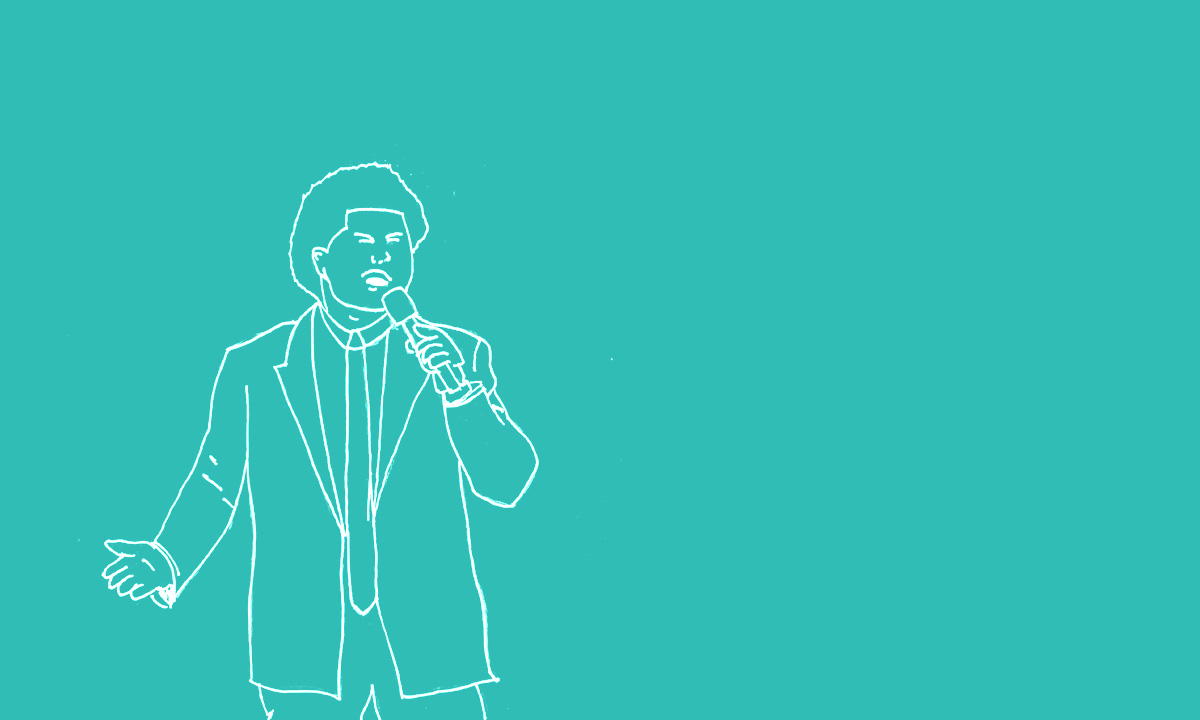From animatronic frogs to The Weeknd’s $7M bet, explore the boldest Super Bowl creative risks and the lessons they reveal about innovation and artistry.

Hey Friends! If you’re anything like me, then you don’t know a whole lot about football. In that spirit, this Super Bowl themed newsletter has almost nothing to do with sports. Let’s get into it.
Super Bowl Shuffle
I’ve previously written about Confidence vs. Competence and how more dreams are lost to a lack of the former, but you know who didn’t suffer from that problem? Da Bears, the 1985 Super Bowl winning Chicago Bears, that is.
Just how confident were they?
On December 3rd, 1985, they recorded a song called the Super Bowl Shuffle—6 weeks before the Super Bowl even took place! They hadn’t even clinched the NFC yet. Recording a victory song before securing victory takes an otherworldly level of confidence.
The song is ridiculous in all the best ways, as is the music video. It would eventually rise to number 41 on the Billboard Hot 100 chart and earn a Grammy nomination, but my god, what if they’d lost?
Fortunately, they didn’t lose. The Bears won a decisive victory in Super Bowl XX against the New England Patriots (46-10), proving their confidence was justified.
Takeaway: Channel your inner Walter Payton and William ‘Refrigerator’ Perry—believe in yourself.
Predicting the Future
Peter Drucker, who’s widely considered the father of modern management once said:
The best way to predict the future is to create it.
In 2021, Yuri Andrade embraced this ethos by placing a $50,000 prop bet on Super Bowl LV that a streaker would take the field during the game. And in the fourth quarter, that’s exactly what happened. Where did the confidence to place such a wager come from?
From within.
With just over five minutes remaining on the clock, Andrade jumped onto the field wearing a hot pink one-piece swimsuit (promoting an adult website). He evaded security long enough to make it to the fifty yard line before being tackled in the end zone and subsequently arrested.
The winnings from the prop bet amounted to $374,000.
…at least they would have if he kept his mouth shut. Once the sports books learned of his involvement, they voided his winnings citing insider information.
Takeaway: It took a lot of creativity to come up with this scheme, and boldness to actually pull it off. That being said, nobody likes a braggart. If you pull off the heist of the century, keep it to yourself 😀.
Animatronics
In doing research for this piece, I came across an article from the Stan Winston School of Character Arts. It’s a must-read for any creative person interested in behind-the-scenes magic. The piece offers a glimpse into a time before CGI took over, when practical effects reigned supreme. The article centers around one of the most successful ad campaigns of the 20th century.
I’m talking about the 1995 Budweiser frogs commercial. If you weren’t old enough to worry about the Y2K bug, here’s a classic you might have missed:
Stan Winston Studios were responsible for creating the animatronic frogs featured in the ads. The article goes into great depth exploring the entire build process including discussions around scale, robotics and my favorite topic, material selection: latex over foam for its translucent properties, hand painting the eyes for realism, and finish coating each frog with mineral oil to give a slimy texture.
It’s inspiring to see masters of craft work together to execute a shared vision. Today, it would likely be CGI, blending into the sea of animated mascots like the Geico Gecko. In 1995, that wasn’t really an option. Instead, Budweiser enlisted a creative team of multidisciplinary experts to make a funny concept come to life.
I may not care too much about football, but I LOVE spectacle, and every corner of the Super Bowl features that. How else can you describe a Lucas Films level of dedication to a thirty second beer commercial?
Takeaway: The concept for the commercial is undeniably excellent, but it was the artistry behind-the-scenes that elevated it to something unforgettable. The Budweiser frogs prove that when creativity meets craftsmanship, the result isn’t just memorable. It’s iconic.
Oreo Black Out
Leo Morejon might not be a household name, but if you watched Super Bowl XLVII and remember the unexpected halftime blackout that occurred, you may be familiar with his work. No, he isn’t a rogue electrician, he is a marketer who, in 2013, worked for Digital Marketing Agency 360i and led international social media marketing for Oreo Cookie.
Amidst the confusion and darkness, Morejon’s team did what they do best: respond in real time to trending events with original, organic creative content.
In a matter of minutes, Morejon’s team quickly posted a now-iconic tweet that reads:
Power out? no Problem. You can still dunk in the dark.

The Tweet went viral for several reasons:
It was funny.
It was timely.
It sparked speculation.
The perfect timing led some to wonder if Oreo had somehow orchestrated the blackout, fueling further buzz and amplifying the brand’s reach. In 2013, a 30-second Super Bowl ad cost nearly $4 million. Morejon and his team achieved a similar impact without spending a dime.
Leading up to the event, they’d worked tirelessly to engage with their audience authentically and in real time priming themselves to strike when the opportunity presented itself.
Takeaway: Success is a combination of preparation and opportunity. Morejon’s team exemplified this perfectly.
The Weeknd
In 2021, at Super Bowl LV, The Weeknd performed at the half time show earning negative $7 million.
That’s right. While the NFL typically covers halftime production costs, The Weeknd’s vision far exceeded the allocated budget. Instead of watering down his performance to come in the black, he foot the bill himself to see his vision realized.

The performance is quite a show, and if you haven’t seen it, you can watch it here. But what was he thinking? Performing artists of his caliber typically make money when they perform, not lose it. The Weeknd viewed this opportunity as an investment in himself. Here’s how:
The performance was watched by 96.7 million viewers in the US exposing his music far beyond his existing fan base.
His entire catalog saw a streaming boost of 42% following the show helping to cement Blinding Lights as one of the longest-charting Billboard Hot 100 songs ever.
He released a greatest hits album at the same time and used this performance as part of his marketing strategy for album sales.
He leveraged the buzz from the performance to help sell tickets for his After Hours Til Dawn stadium tour which went on to gross over $350 million.
In short, The Weeknd considered the longterm ramifications of his performance and made a $7 million bet on himself.
Takeaway: Creative work is about more than just the current project. When your timeline is long term, and you invest in yourself, your impact has a way of compounding in incredible ways.
One More Thing
Good things are better when shared. If you liked this, it would mean the world to me if you sent it to someone who might like it too.
I’ll see you in your inbox again next week.
Until then,
-Mike